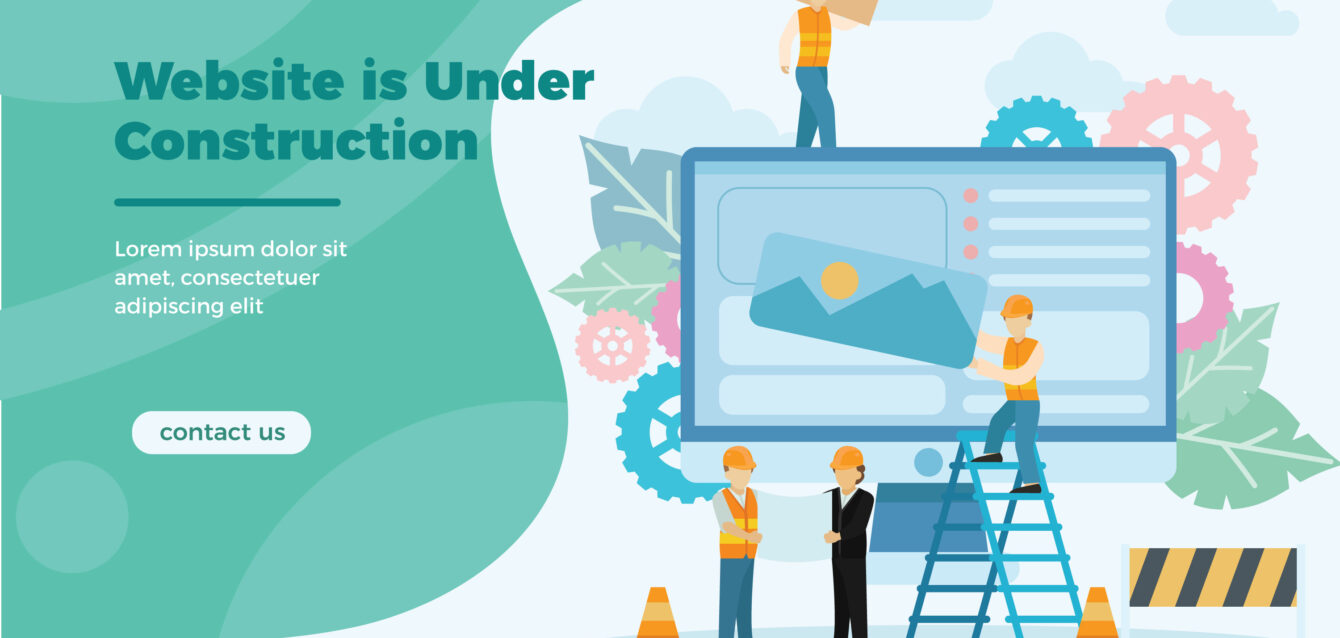A website is not a “set it and forget it” asset. To remain relevant, functional, and secure, it requires ongoing maintenance and updates. Whether you’re managing a blog, an e-commerce platform, or a corporate website, regular care ensures your site performs optimally and continues to serve your audience effectively.
Why Website Maintenance Matters
- Enhanced Security
Cybersecurity threats evolve constantly. Regular updates to your website’s software, plugins, and themes help patch vulnerabilities and protect against attacks. - Optimized Performance
Over time, websites can slow down due to outdated code, excessive files, or server issues. Routine maintenance ensures your site loads quickly and efficiently, providing a better user experience. - Improved SEO Rankings
Search engines prioritize websites that are fast, secure, and regularly updated. Neglecting maintenance can result in lower rankings, reducing your visibility and organic traffic. - Bug Fixes and Functionality Updates
Even the best-designed websites can encounter glitches. Regular checks help identify and resolve issues before they affect your users. - Compatibility with New Technologies
As browsers and devices evolve, your website needs to stay compatible. Updates ensure your site functions seamlessly on the latest platforms and technologies. - Fresh and Relevant Content
Regularly updating your content keeps your audience engaged and signals to search engines that your website is active and relevant.
Key Website Maintenance Tasks
- Update Software
Ensure your CMS (like WordPress), plugins, and themes are always up to date. This minimizes security risks and maximizes compatibility. - Backup Your Website
Regular backups ensure you can restore your site quickly in case of data loss or hacking incidents. - Test Website Performance
Monitor loading times, check for broken links, and ensure all forms and functionalities are working correctly. - Review SEO and Analytics
Use tools like Google Analytics to monitor traffic patterns, bounce rates, and conversions. Update meta tags, keywords, and content to align with current SEO strategies. - Ensure Mobile Responsiveness
Test your website on various devices to guarantee a smooth experience for all users. - Check Security Protocols
Regularly scan for malware, update SSL certificates, and enforce strong password policies for added security.
The Benefits of Staying Proactive
- Cost Savings: Addressing minor issues early prevents costly repairs in the future.
- User Retention: A well-maintained site keeps users satisfied and encourages repeat visits.
- Brand Reputation: A functional, up-to-date website reflects professionalism and builds trust.
Final Thoughts
A website is a living entity that requires regular care to thrive. By investing in consistent maintenance and updates, you not only protect your online presence but also enhance its value and effectiveness.







